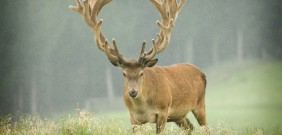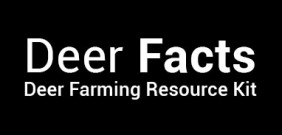Central to successful deer farming in New Zealand is reproduction management. Poor performance in this area can limit farm productivity. Management of fertility, photo-periods (day length), calving and stags all contribute to performance.
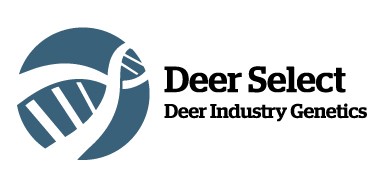
Deer Select
Deer Select is the New Zealand’s national deer recording database which stores pedigree and performance (trait) records, then uses this data to provide estimated breeding values and economic indices.
Genetics
Maintaining good deer health is crucial to maximising production gains in your herd.
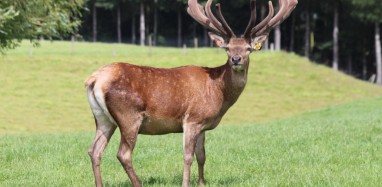
Stags
Stags are an important part of the mating programme on all farms.They must be well managed and in good condition at the beginning of the rut sot hey can perform to the best of their abilities.
Hinds
For most deer farms, the reproductive performance of hinds on the breeding unit is the key measure of on-farm productivity and profitability. Good hind management is essential for ensuring the best performance of the herd.
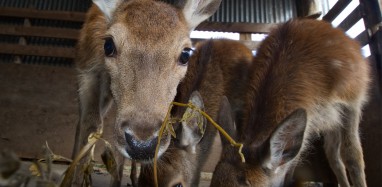
Calving
Farmed red deer and wapiti crossbreds in NZ calve in early summer, from late October to early December. Most hinds within the herd will complete calving within a 3-week period, although there will typically be a few hinds conceiving at later oestrous cycles that calve over the next few weeks.
Artificial breeding
Artificial Insemination (AI) and Embryo Transfer (ET) are well-established, viable and practical tools to improve rates of genetic gain within the NZ deer farming industry.
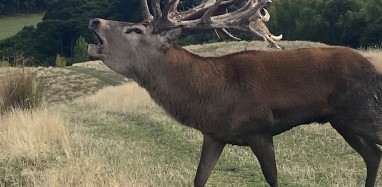
Photoperiod
Seasonality in deer is regulated by day length, technically known as 'photoperiod'. Photoperiod is the relative amount of light to dark (day to night) in a 24-hour period.
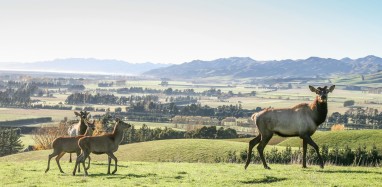
Reproductive measurements
The adoption of standardised terms and definitions will go a long way in reducing confusion when it comes to reproductive figures and benchmarks within the industry.

Scanning
Benefits of scanning your hinds to increase productivity and make better informed management decisions on farm.


